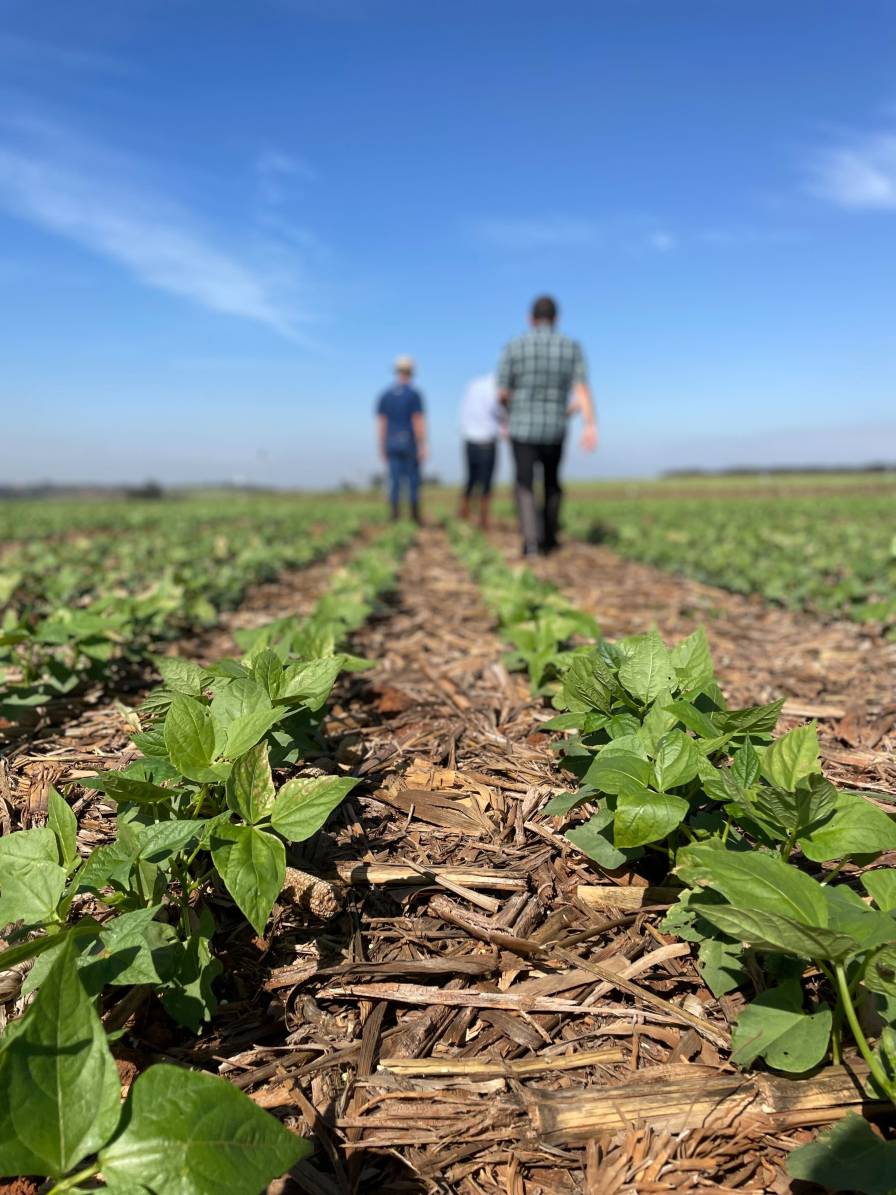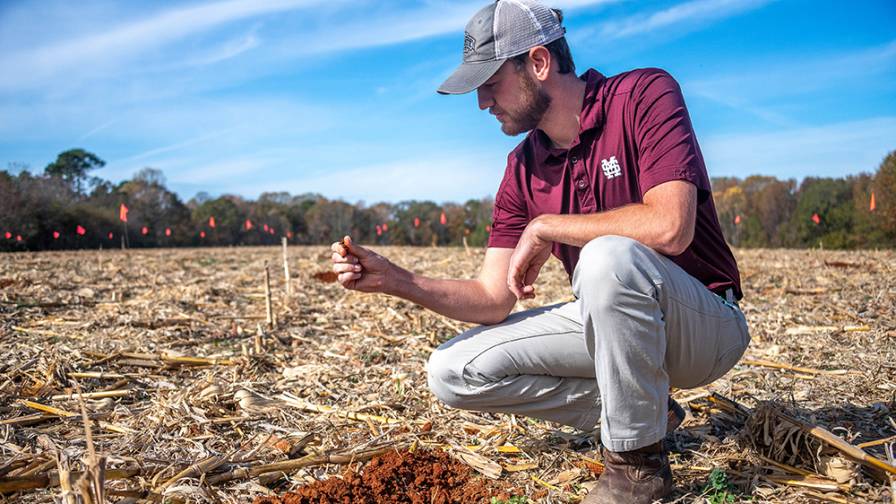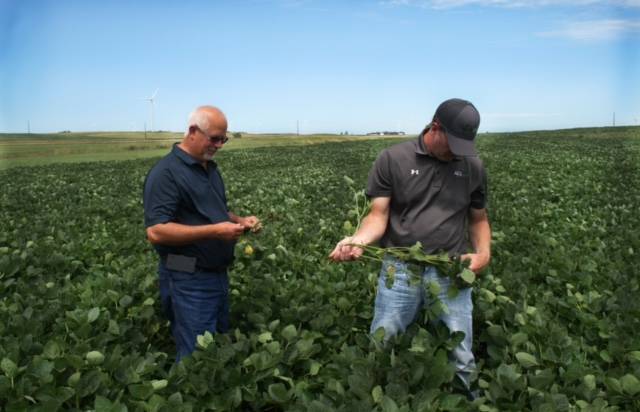The Role of Biodiversity in a Profitable and Sustainable Farm

Agro-informatics tools can provide information on the impact these regenerative farming practices, and the biodiversity benefits they bring.
When looking to increase crop yields, a stable biological environment is the ultimate goal. Environmental needs vary from crop to crop, but the one constant is that each crop has an optimal environment to support maximum yields and crop quality. Creating and maintaining this environment is key to a successful farm.
The biological environment encompasses many sub-factors, such as soil health, water retention, biodiversity, and chemical composition, just to name a few. With so many factors at play, it can be hard to know where to start, and which should be the priority.
We can’t determine what to prioritize without communication. Trees show the value of communication, transferring food, water, and information with other trees through underground fungus mycelium. To ensure that our businesses thrive, we must also transfer knowledge and communicate more as an industry. What’s more, this communication of data on a global scale will enable us to be more sustainable and help us to solve global food poverty.
Just like the trees, farmers have been sharing knowledge through conducting field trials and sharing their results with fellow farmers. Driven forward by the need to comply with new regulations, increase yields in a sustainable way, futureproof the farm and drive profitability, more and more farmers are looking at data as a solution. By considering available research, including data gathered through individual field trials, we can determine which factors have the largest effect on yield and crop quality. In time, this data can be aggregated on a regional, national, or international basis.
Conducting a field trial can be a complex undertaking, leaving one to question where to start, and what factors to prioritize. As the medium in which you grow your crops, and the factor most likely to determine crop quality and yield, soil health is the most important element to consider. When looking to assess this, the best indication is biological activity in the soil — otherwise known as biodiversity. A highly biodiverse environment brings many additional benefits, ultimately improving yield and crop quality.
When looking into soil health, an important factor to measure is chemical composition. This can be relatively quick and easy to improve through the correct nutrition plan, so it is a great place to start. That said, it does depend on the chemical you’re looking to alter. For example, increasing the amount of carbon in the soil is much harder than increasing nitrogen.
Once results are gathered, the most effective way to begin implementing changes towards optimizing your soil nutrient balance is through the use of an agro-informatic tool. These tools can determine the right amount of chemical fertilizer and optimal application time, factoring in all the variables of your specific field.
These tools can also advise growers on farming practices which will aid the development of a highly biodiverse environment, such as no till agriculture, or the cover crop approach. Biodiversity and its benefits vary greatly depending on the organism present. However, one overarching theme is that the presence of one organism encourages the presence of others, creating a positive ‘snowball’ effect. A natural biostimulant, it’s an important factor for farmers to consider.

It is important to drive agronomic decisions with high-quality data, collected through well planned, accurate field trials. Pictured is an Agmatix field trial conducted in Brazil.
If you get the balance of this ecosystem right, yields will increase year on year, and carbon emissions will simultaneously decrease. Agro-informatics tools can provide information on the impact these regenerative farming practices, and the biodiversity benefits they bring, will make on yield and crop quality. Not only this, but they can help to track carbon emissions, allowing farmers to more easily make use of carbon credit schemes.
In agriculture, the decisions you make today will have a lasting impact for months, and even years down the line. So, it’s important to drive your decisions with high-quality data, collected through well planned, accurate field trials. There’s no better way to obtain specific data about your farm than to conduct your on-farm experiments. Companies like Agmatix can help you to achieve that with minimal disruption to your business and daily routines, with insights that can be easily extracted.
Ultimately, if we are to ensure the long term success of the industry, as well as reduce our impact on the environment in a meaningful way, we must also share this data with fellow researchers and farmers through open data programs – communication is the key.






